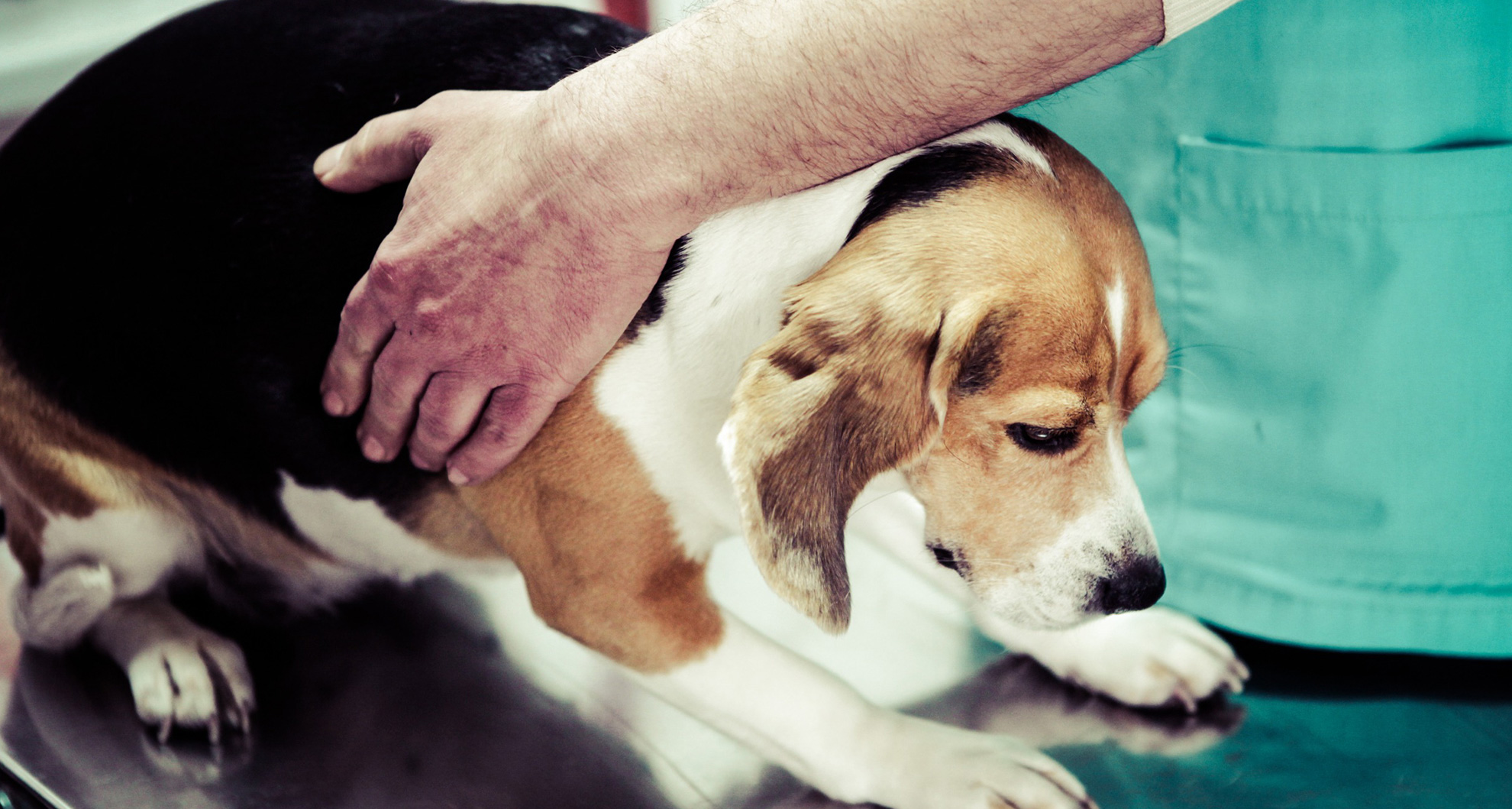Spaying and Neutering in Dogs



Besides preventing unwanted offsprings, there are medical and behavioural benefits of sterilising your pets.
What are the medical benefits of sterilisation for female pets?
Sterilised pets generally live longer, healthier lives. Spaying your female dog before her first heat (before one year of age) offers the best protection from diseases such as ovarian cysts, uterine tumours, mammary tumours and pyometra.
What are the medical benefits of sterilistion for male pets?
When your male dog is sterilised, both the testicles are surgically removed. This eliminates the risk of testicular tumours. Sterilising your male pets also reduces the risk of prostate diseases including hyperplasia, prostatitis, and infection which can lead to abscess formation. Without the male hormone testosterone that is produced within the testicles, the male prostate gland does not develop as normal. With very little prostatic tissue present, your male pet is less at risk of developing prostate diseases.
Behavioural benefits of sterilisation
Sterilised pets are generally calmer and contented to stay indoors. A neutered male dog is less likely to spray urine, mark or wander out of the house in search of a female dog in heat.
Does sterilising my pets make them fat?
It is the lack of exercise and overfeeding that cause our dogs to put on weight. Continue to provide regular exercise and activities and monitor food intake to help your pets stay fit and trim.
Besides preventing unwanted offsprings, there are medical and behavioural benefits of sterilising your pets.
What are the medical benefits of sterilisation for female pets?
Sterilised pets generally live longer, healthier lives. Spaying your female dog before her first heat (before one year of age) offers the best protection from diseases such as ovarian cysts, uterine tumours, mammary tumours and pyometra.
What are the medical benefits of sterilistion for male pets?
When your male dog is sterilised, both the testicles are surgically removed. This eliminates the risk of testicular tumours. Sterilising your male pets also reduces the risk of prostate diseases including hyperplasia, prostatitis, and infection which can lead to abscess formation. Without the male hormone testosterone that is produced within the testicles, the male prostate gland does not develop as normal. With very little prostatic tissue present, your male pet is less at risk of developing prostate diseases.
Behavioural benefits of sterilisation
Sterilised pets are generally calmer and contented to stay indoors. A neutered male dog is less likely to spray urine, mark or wander out of the house in search of a female dog in heat.
Does sterilising my pets make them fat?
It is the lack of exercise and overfeeding that cause our dogs to put on weight. Continue to provide regular exercise and activities and monitor food intake to help your pets stay fit and trim.
Besides preventing unwanted offsprings, there are medical and behavioural benefits of sterilising your pets.
What are the medical benefits of sterilisation for female pets?
Sterilised pets generally live longer, healthier lives. Spaying your female dog before her first heat (before one year of age) offers the best protection from diseases such as ovarian cysts, uterine tumours, mammary tumours and pyometra.
What are the medical benefits of sterilistion for male pets?
When your male dog is sterilised, both the testicles are surgically removed. This eliminates the risk of testicular tumours. Sterilising your male pets also reduces the risk of prostate diseases including hyperplasia, prostatitis, and infection which can lead to abscess formation. Without the male hormone testosterone that is produced within the testicles, the male prostate gland does not develop as normal. With very little prostatic tissue present, your male pet is less at risk of developing prostate diseases.
Behavioural benefits of sterilisation
Sterilised pets are generally calmer and contented to stay indoors. A neutered male dog is less likely to spray urine, mark or wander out of the house in search of a female dog in heat.
Does sterilising my pets make them fat?
It is the lack of exercise and overfeeding that cause our dogs to put on weight. Continue to provide regular exercise and activities and monitor food intake to help your pets stay fit and trim.